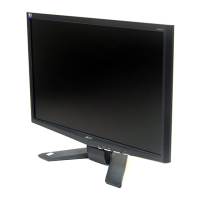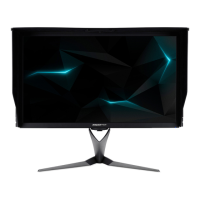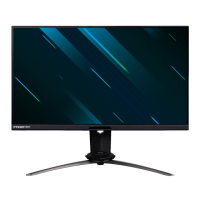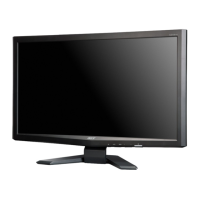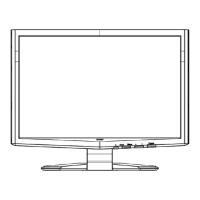Table of Contents
Important Safety Notice------------------------------------------------------------------------------------- 01
01. Product Specification--------------------------------------------------------------------------------- 02
02. OSD Menu-----------------------------------------------------------------------------------------------08
03. Exploded Diagram
05.
AppendixI:User’s Manual
Appendix II: Quick Setup Guide
------------------------------------------------------------------------------------- 10
Troubleshooting----------------------------------------------------------------------------------------20
06. Schematics and Layouts------------------------------------------------------------------------------ 30
04. Assembly and Disassembly Procedures-----------------------------------------------------------12
Appendix III : Spare Parts Llist
Safety Notice
Any person attempting to service this chassis must familarize with the chassis and be aware of the
necessary safety precautions to be used when serving electronic equipment
containing high voltage.
Published by LITE-ON Service Printed in Taiwan © All rights reserved Subject to modification
23th-Jul-2007
Model ID: R22ANUW-M1
Service
ACER
ACER_LCD_X223W_SM072301V1
Service Manual
